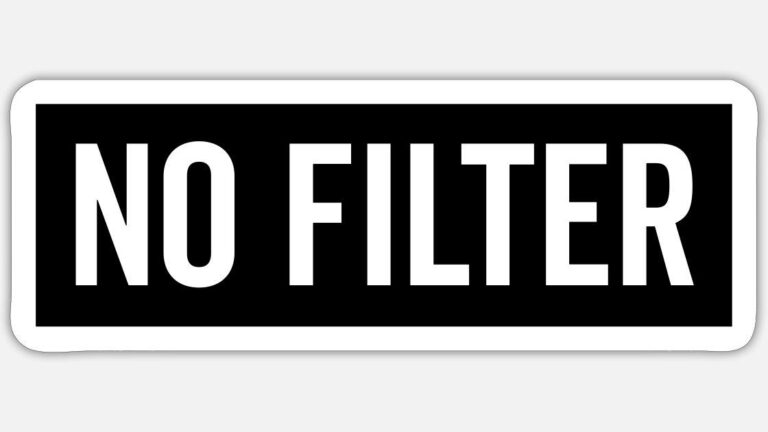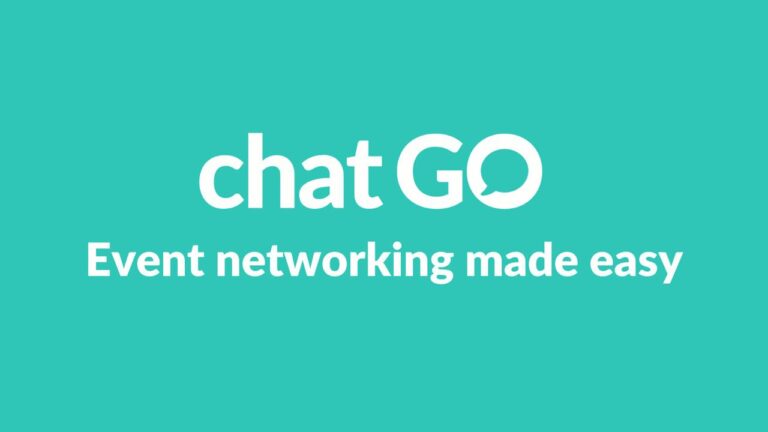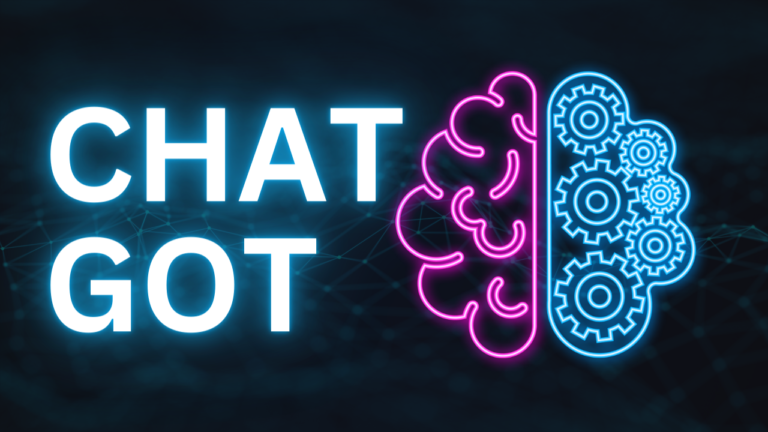
AI Chat No Filter: The Unfiltered Truth Behind Artificial Intelligence Conversations
Artificial Intelligence (AI) has made monumental strides in various fields over the last few decades, revolutionizing industries from healthcare to entertainment. One of the most significant advancements in AI technology is its application in natural language processing (NLP), which has enabled machines to understand, generate, and interact in human-like ways. Among the most innovative examples of this is AI-powered chat systems, commonly known as chatbots. These systems are capable of answering questions, providing assistance, and even holding entire conversations. However, there is a growing trend that is stirring the pot in the AI space – “AI Chat No Filter.”
The Rise of AI Chatbots
Before diving into the unfiltered nature of AI chat, it is important to understand the landscape of AI chatbots. These virtual assistants can range from simple customer service bots on websites to complex, human-like conversational agents capable of performing specific tasks or providing companionship. The core technology behind AI chat systems includes deep learning algorithms, neural networks, and natural language understanding (NLU).
Over time, these chatbots have become increasingly advanced. Powered by GPT (Generative Pre-trained Transformer) models and other sophisticated machine learning frameworks, AI chatbots are now able to engage in fluid, contextually relevant dialogues, making them more relatable and useful in a variety of contexts. They are capable of learning from vast datasets, allowing them to recognize patterns in human language, generate meaningful responses, and handle complex inquiries.
The sophistication of AI chatbots has given rise to a wide array of use cases: virtual assistants in smartphones (like Siri, Alexa, and Google Assistant), customer support bots on websites, AI companions for mental health, and even virtual influencers that converse with human users on social media platforms.
Defining “No Filter” in the Context of AI Chat
In the context of AI chatbots, “no filter” refers to a chatbot’s behavior where there are no restrictions on the language, content, or topics it can discuss. This stands in stark contrast to traditional chatbot models that are heavily regulated and filtered to prevent offensive, harmful, or controversial content.
AI chatbots that operate with AI Chat No Filter can express a broader range of responses, even venturing into sensitive or taboo subjects that may be avoided or censored by other chatbots. This ability to converse freely, without any predefined boundaries, introduces new possibilities for AI technology, but it also comes with significant risks and ethical concerns.
The idea of AI Chat No Filter is increasingly appealing to some users and developers, as it allows AI systems to respond in a more human-like, authentic manner. However, this unfiltered behavior also raises crucial questions about responsibility, safety, and the potential misuse of AI technologies.
Why Do Some People Want AI Chatbots with No Filter?
1. Unrestricted Conversations
One of the key reasons people are drawn to no-filter AI chat is the desire for unrestricted conversations. Many users appreciate the sense of freedom and the ability to engage in open dialogues without worrying about being judged or censored. These chats may feel more like interactions with a friend, where users can discuss a wider range of topics that they may not feel comfortable discussing with other people or AI models with strict limitations.
For example, some users may wish to have deep philosophical or controversial discussions, while others may want to vent about personal problems without worrying that the bot will avoid sensitive topics or provide overly cautious responses. The appeal lies in the idea that the AI can offer genuine and unfiltered engagement.
2. Exploration of Complex Ideas
Another driving factor behind the interest in AI Chat No Filter is the desire to explore complex, often taboo, ideas. AI chatbots without filters allow users to probe topics that are typically considered off-limits or controversial in mainstream discussions. For instance, a chatbot with no filter could discuss issues like politics, ethics, religion, or even darker subjects like mental health struggles and existential crises in a more open and honest manner.
Unfiltered AI conversations also enable users to explore alternative perspectives and thought experiments that might not align with conventional societal norms. This is particularly valuable for individuals who wish to challenge their own thinking and explore unfamiliar or unconventional viewpoints without fear of judgment or censorship.
3. Entertainment and Curiosity
For some users, the appeal of unfiltered AI chat is more about entertainment and curiosity. Chatting with an AI that can say anything and explore any topic without restriction is simply intriguing. Users may test the limits of the AI’s responses, asking odd, absurd, or humorous questions to see how the system reacts. This type of interaction can be fun, engaging, and even addictive, especially when the AI provides unexpected, amusing, or thought-provoking replies.
The Dangers and Ethical Concerns of AI Chat No Filter
While the idea of an AI chatbot without a filter may be enticing to some, it is important to examine the potential dangers and ethical challenges associated with such technology.
1. Propagation of Harmful Content
One of the most significant risks of AI Chat No Filter is the potential for them to generate harmful, offensive, or inappropriate content. AI systems are trained on vast datasets that may include biased, misleading, or even offensive material. Without a filter to regulate their responses, unfiltered chatbots could inadvertently produce messages that propagate hate speech, discrimination, misinformation, or offensive language.
For example, an unfiltered AI chatbot might make harmful or racist remarks when prompted by a user, spreading damaging stereotypes or reinforcing negative ideologies. This could lead to real-world consequences, especially when the chatbot is used by vulnerable individuals or those who are easily influenced.
2. Emotional and Psychological Impact
AI chatbots that lack filtering mechanisms may also present psychological risks to users. For individuals who are dealing with sensitive issues, such as mental health struggles or relationship problems, an AI Chat No Filter might provide unhelpful or even damaging responses. These bots might not adhere to ethical guidelines or prioritize user well-being, leading to distress, confusion, or a further deterioration of the user’s mental state.
For example, a user experiencing depression may engage with an AI Chat No Filter only to receive responses that trivialize their feelings or suggest harmful coping mechanisms. This could exacerbate the user’s condition and create more harm than good.
3. Lack of Accountability
The absence of filters in AI chatbots also raises questions about accountability. Without a regulatory framework or oversight, AI systems may generate content that violates ethical standards or societal norms. When an AI chatbot produces harmful or offensive material, it can be difficult to pinpoint who is responsible for the content.
For instance, if a chatbot produces inappropriate language or harmful advice, is the responsibility placed on the developers who designed the system? Or is it on the AI itself, which is, after all, merely a machine following algorithms? These unanswered questions complicate the ethical landscape of AI deployment.
4. Privacy Concerns
Another area of concern with AI Chat No Filter systems is privacy. Since these bots are often used to gather data and improve their responses, there is a risk that sensitive user information could be exploited. If a chatbot is unfiltered and records conversations, personal data shared by users could be misused, leading to privacy violations. This is particularly worrying for individuals who use AI chatbots for emotional support or discuss highly personal topics.
5. Reinforcing Biases
AI models are trained on large datasets that often reflect the biases present in society. When these biases go unfiltered, they can be perpetuated and even amplified in AI responses. An unfiltered AI chatbot could inadvertently reinforce gender, racial, or cultural stereotypes, further entrenching existing prejudices.
For instance, if an AI chatbot is trained on data that includes biased language or discriminatory patterns, it may generate responses that perpetuate harmful stereotypes or reinforce societal inequalities. This poses a significant ethical dilemma for developers and raises questions about how to ensure fairness in AI systems.
Balancing Freedom and Responsibility in AI Chat
The tension between freedom of expression and ethical responsibility is central to the debate surrounding AI Chat No Filter. While some argue that unfiltered conversations are an essential aspect of advancing AI and fostering creativity, others contend that such systems must be regulated to ensure they do not cause harm.
The Role of Filters and Ethical Safeguards
The solution may lie in finding a middle ground between unrestricted AI conversation and necessary safeguards. Developers can create AI systems that allow for free-flowing conversations but implement ethical guidelines, content moderation, and bias mitigation strategies to prevent harmful outputs. This could involve:
Context-aware moderation: AI systems that can detect when a conversation is becoming harmful or when a user is discussing sensitive topics, triggering safeguards to ensure responsible interactions.
User input restrictions: Allowing users to engage in free conversations but monitoring the prompts they give the AI to ensure that the system does not generate inappropriate content.
Personalized responses: Designing chatbots that tailor their responses to users’ needs and preferences, taking into account their emotional and psychological well-being.
In conclusion, the advent of AI Chat No Filter presents both exciting possibilities and significant risks. While these systems offer the potential for unrestricted, authentic conversations, they also raise serious ethical, psychological, and societal concerns. Striking a balance between freedom of expression and ethical responsibility is crucial for ensuring that AI remains a force for good in our digital landscape.


